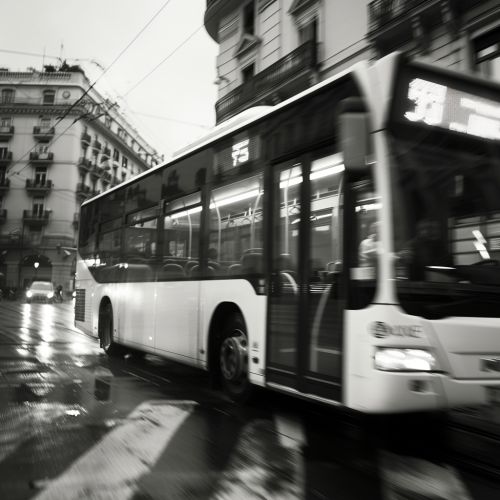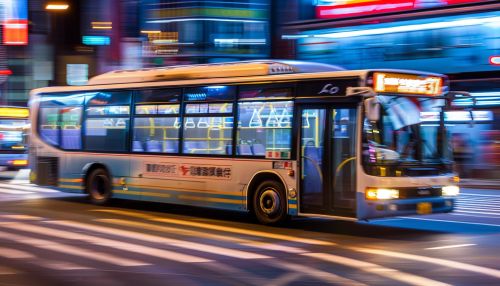Public Transit
Overview
Public transit, also known as public transportation, mass transit, or public transport, is a system of transport for passengers by group travel systems available for use by the general public. It typically operates on established routes according to a fixed schedule, with fees charged for individual journeys. Public transit modes include city buses, trolleybuses, trams (or light rail), rapid transit (metro/subway/underground, etc.), ferries, and other services such as shared taxi and demand responsive transport services.
History
The history of public transit begins with the development of urban areas as population centers. The earliest forms of public transport were often stagecoaches and horse-drawn ferries. As cities expanded and industrialized, the need for improved public transportation grew. The advent of the steam engine and the internal combustion engine led to the development of steam-powered trams and later, electric trams, buses, and trains.
Types of Public Transit
There are several types of public transit, each with unique characteristics, advantages, and disadvantages.
Buses
Buses are the most common form of public transit in cities worldwide. They operate on a network of established routes with set schedules and stops. Buses can be flexible and relatively inexpensive to operate, but they can also be subject to traffic congestion and delays.
Trams and Light Rail
Trams and light rail systems are a form of rail transport that operates primarily along public urban streets, with some segments of segregated right-of-way. They offer higher capacity than buses and are often used in city centers, but they require more significant infrastructure investment.
Rapid Transit
Rapid transit systems, also known as metros, subways, or undergrounds, are high-capacity public transport found in urban areas. They operate on an exclusive right-of-way, which allows them to avoid traffic congestion and makes them a highly efficient mode of transportation.
Ferries
Ferries are boats or ships that carry passengers (and sometimes vehicles) across bodies of water. They are an essential form of public transit in many waterfront cities and islands.
Shared taxis and demand responsive transport services are a form of public transit that does not follow fixed routes or schedules. Instead, they respond to the demands of individual passengers, offering a more flexible but often more expensive service.
Benefits and Challenges
Public transit offers numerous benefits, including reduced traffic congestion, lower greenhouse gas emissions, and increased accessibility. However, it also faces challenges such as funding constraints, maintaining service quality, and adapting to changing transportation trends.
Future of Public Transit
The future of public transit may involve advancements in technology, such as autonomous vehicles and real-time data, as well as shifts in policy and public perception. As cities continue to grow and evolve, so too will their public transit systems.
See Also


